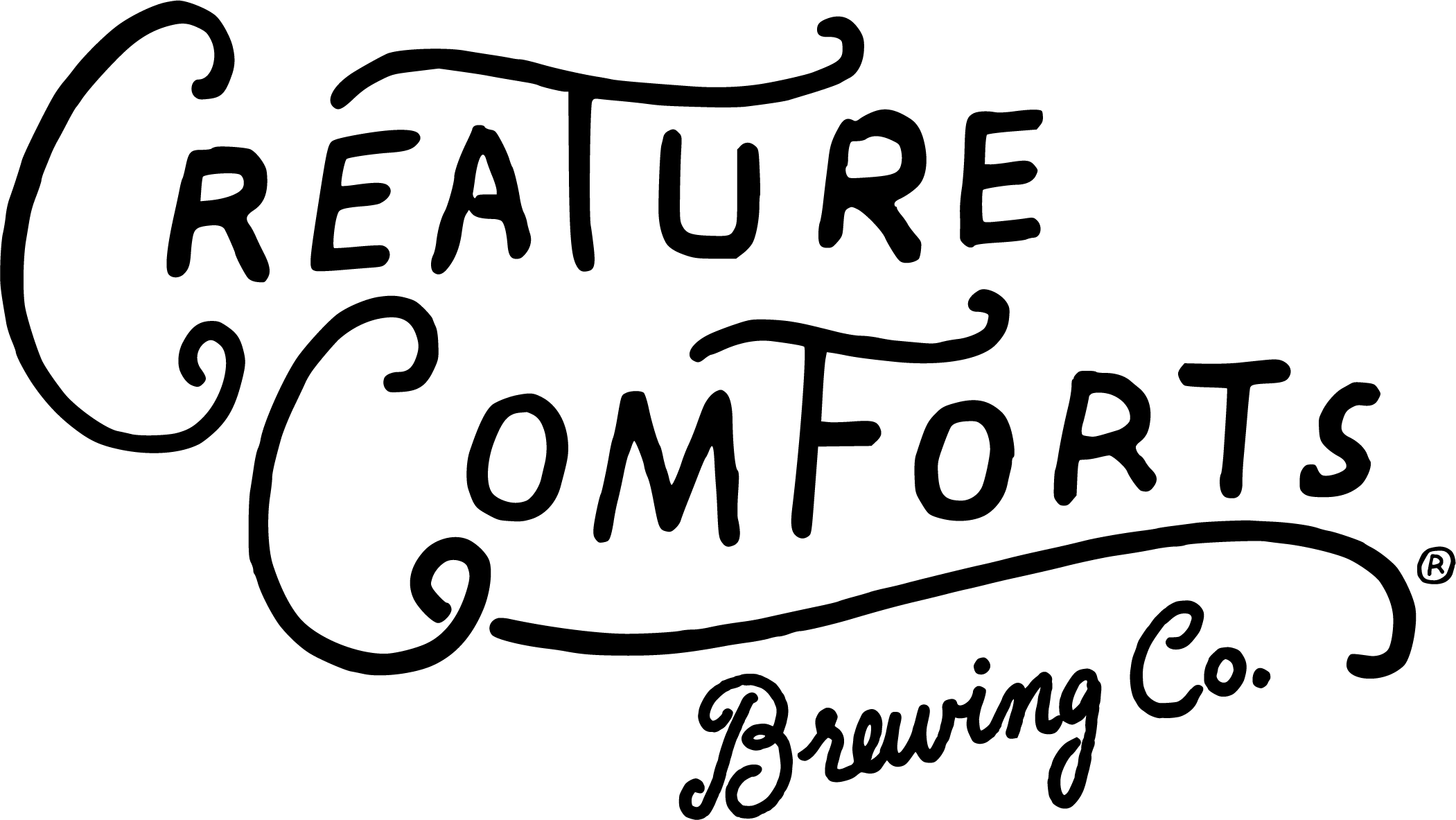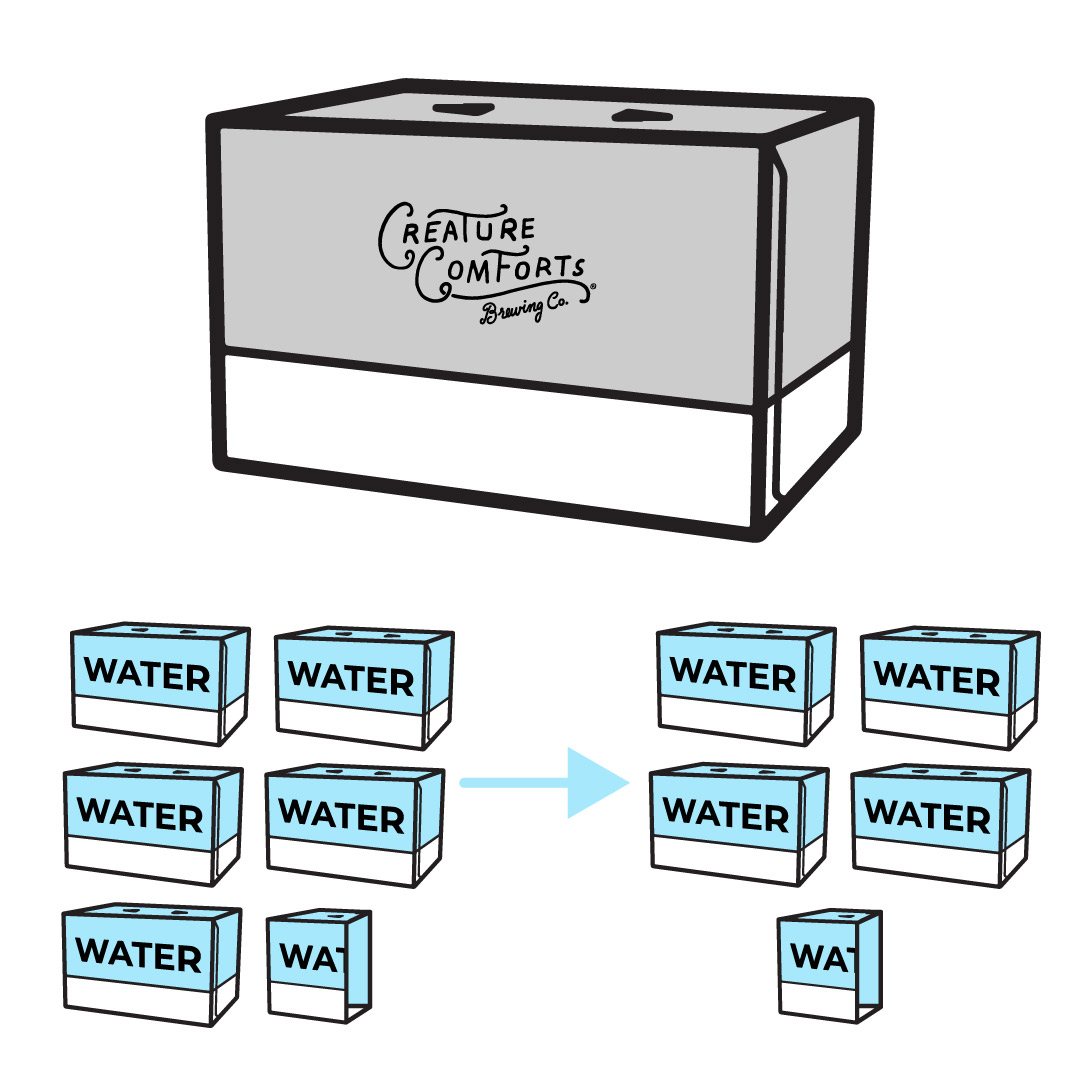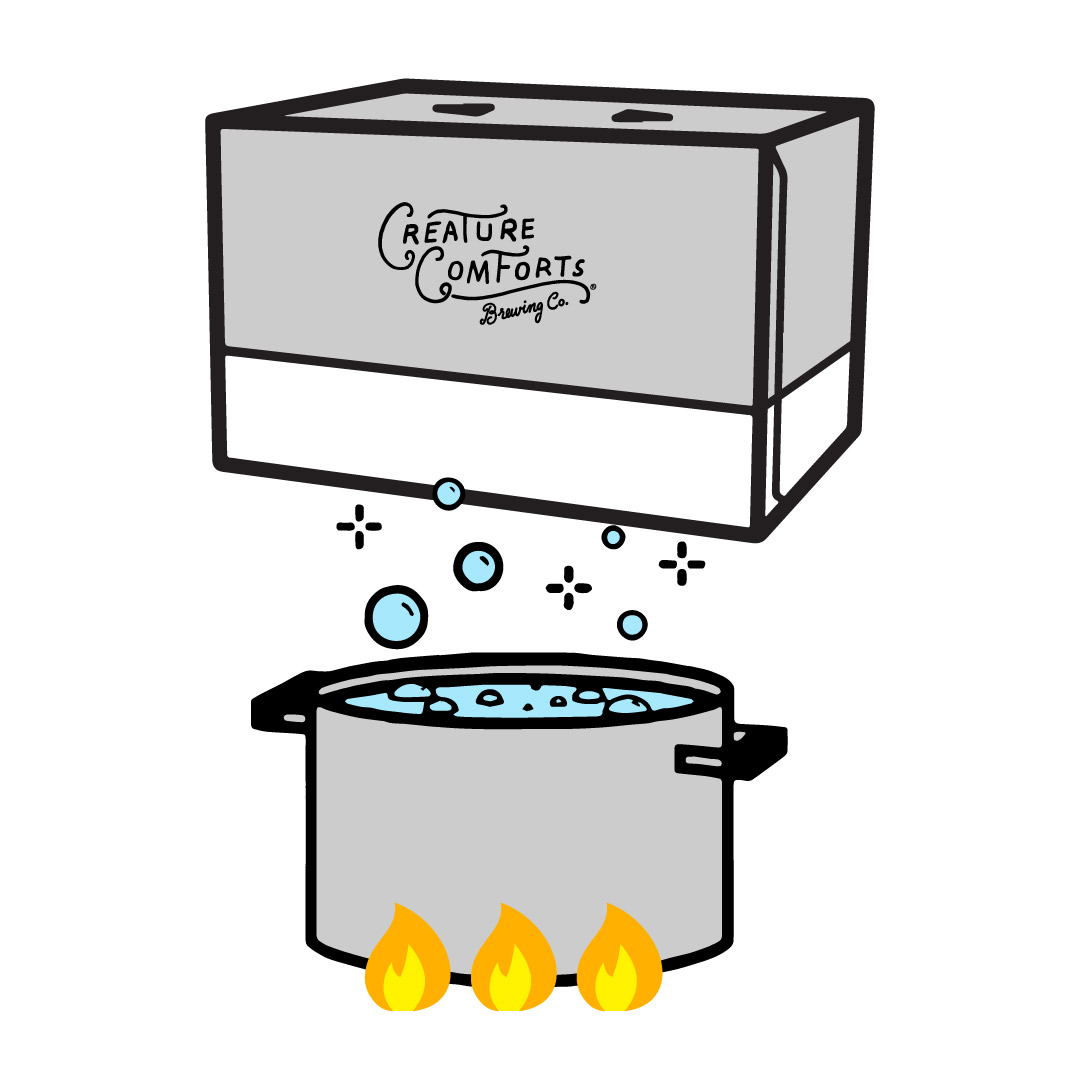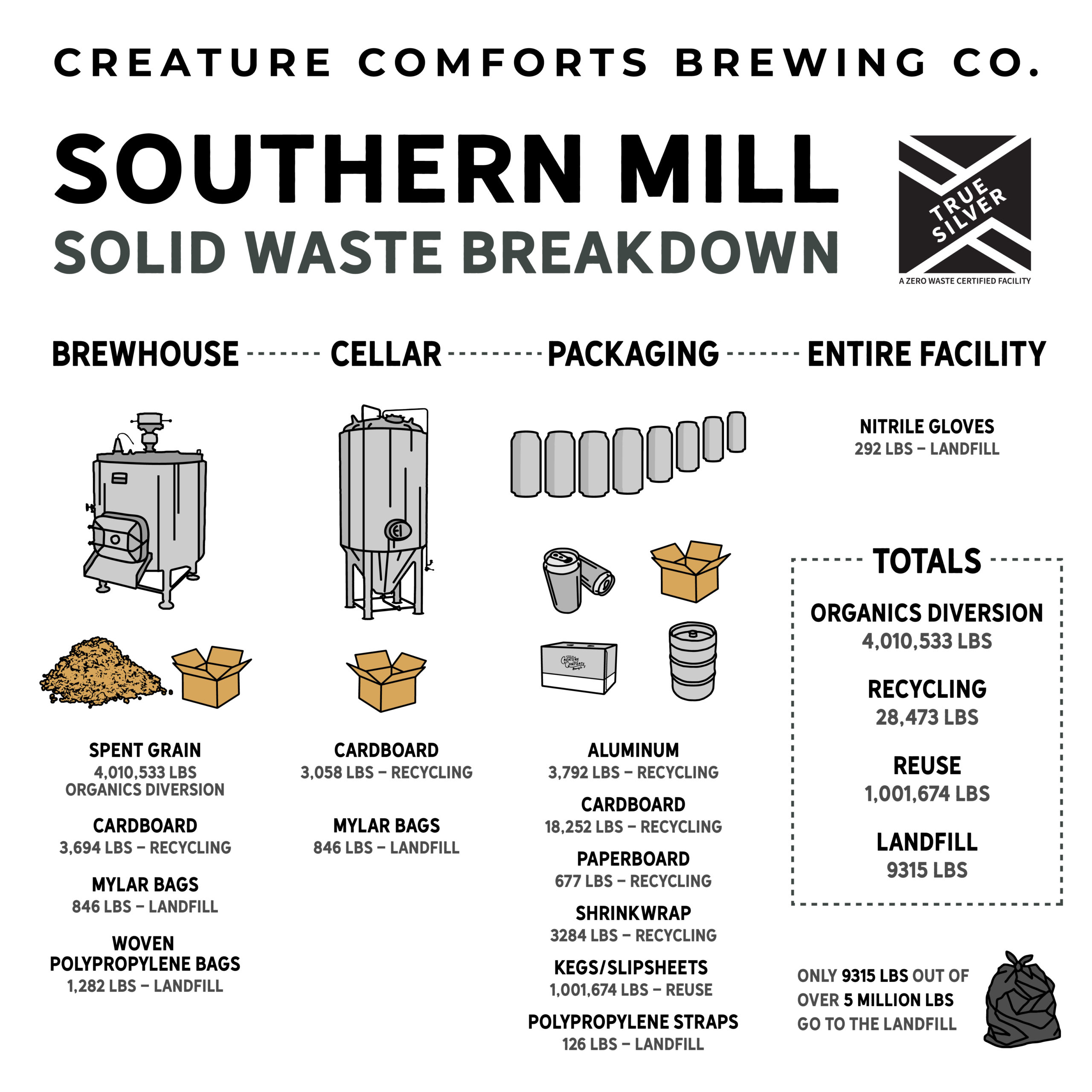At its heart, the word sustainability means an ability to endure, to last. Companies can endure and last by ensuring good financial health, but we recognize that there are externalities not captured on a financial balance sheet—if a company is actively contributing to climate change in pursuit of profit, that’s not a sustainable company.
We’re on a mission to be at the forefront of sustainability in craft beer and serve as change agents in the industry, examining the negative externalities of our operations and developing strategies to mitigate them. We’ve identified 5 main areas of focus for this work: water, electricity, natural gas, carbon dioxide, and waste.
We are also committed to transparency. We’re always tracking, measuring, and recording our efforts and adjusting our goals. We believe we should be sharing the data and results of this work so that we’re not only embracing sustainable practices, but doing so with authenticity.





